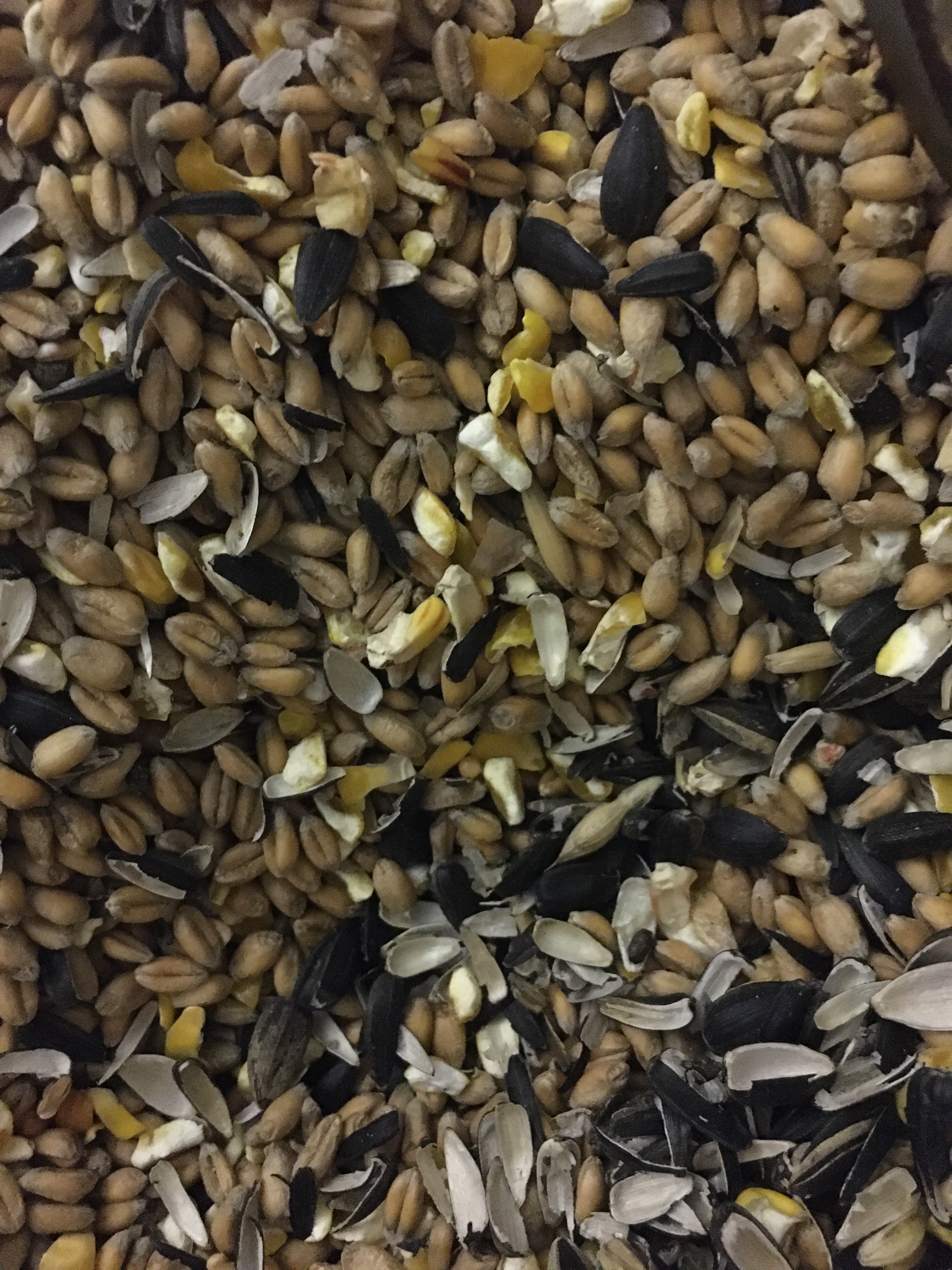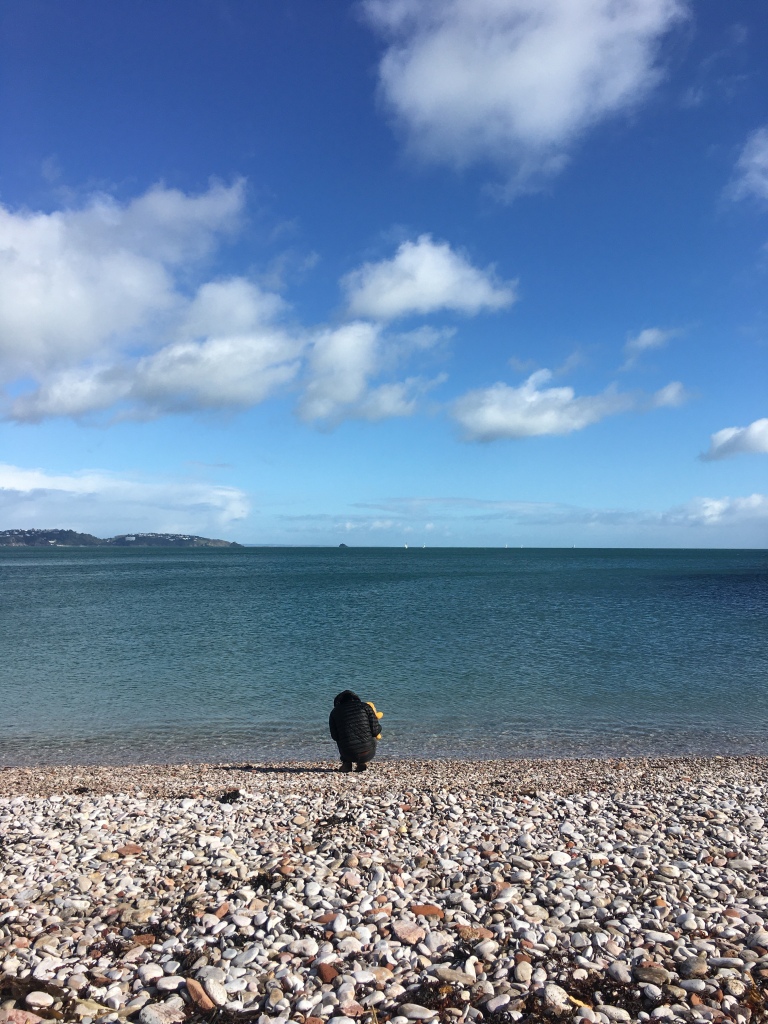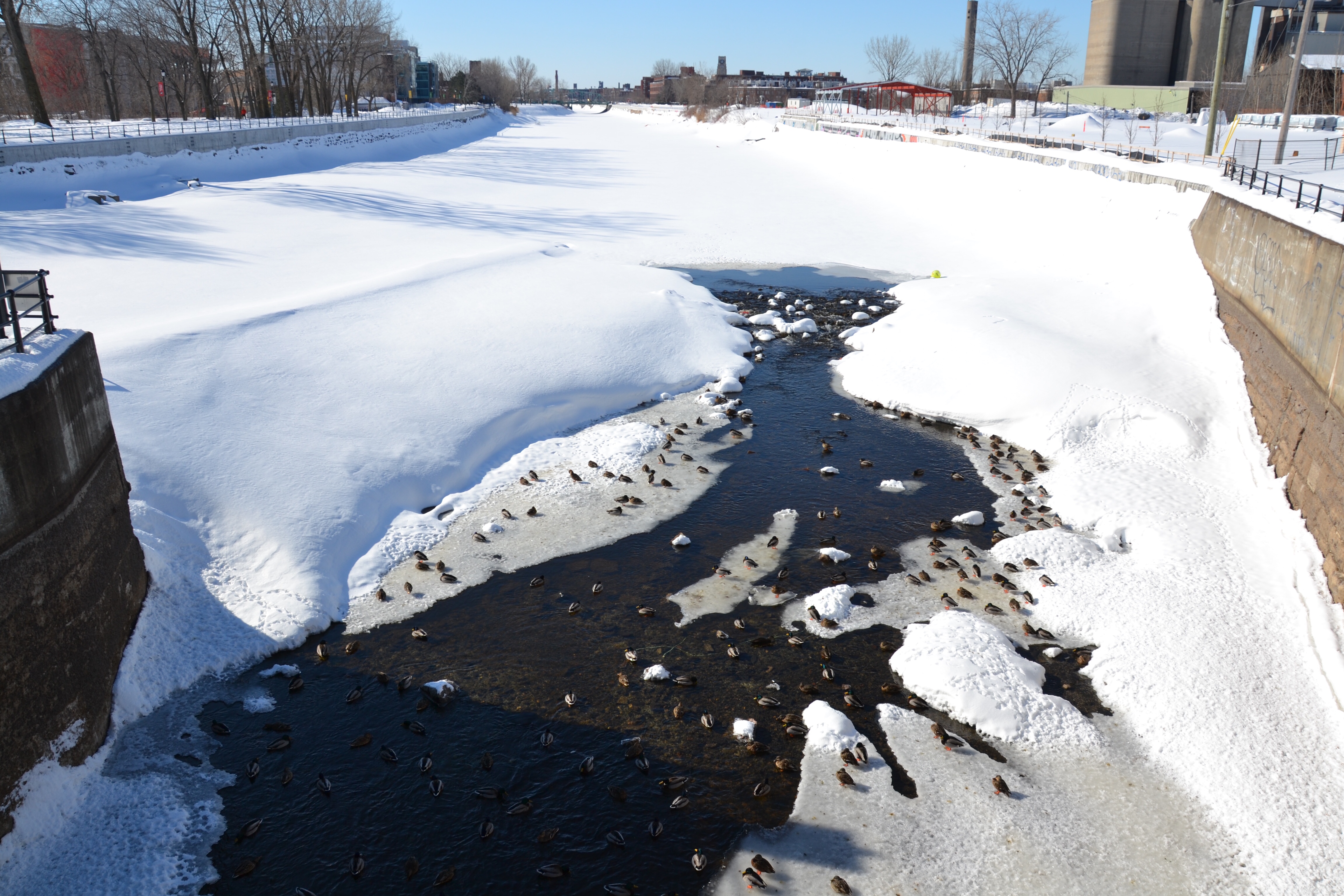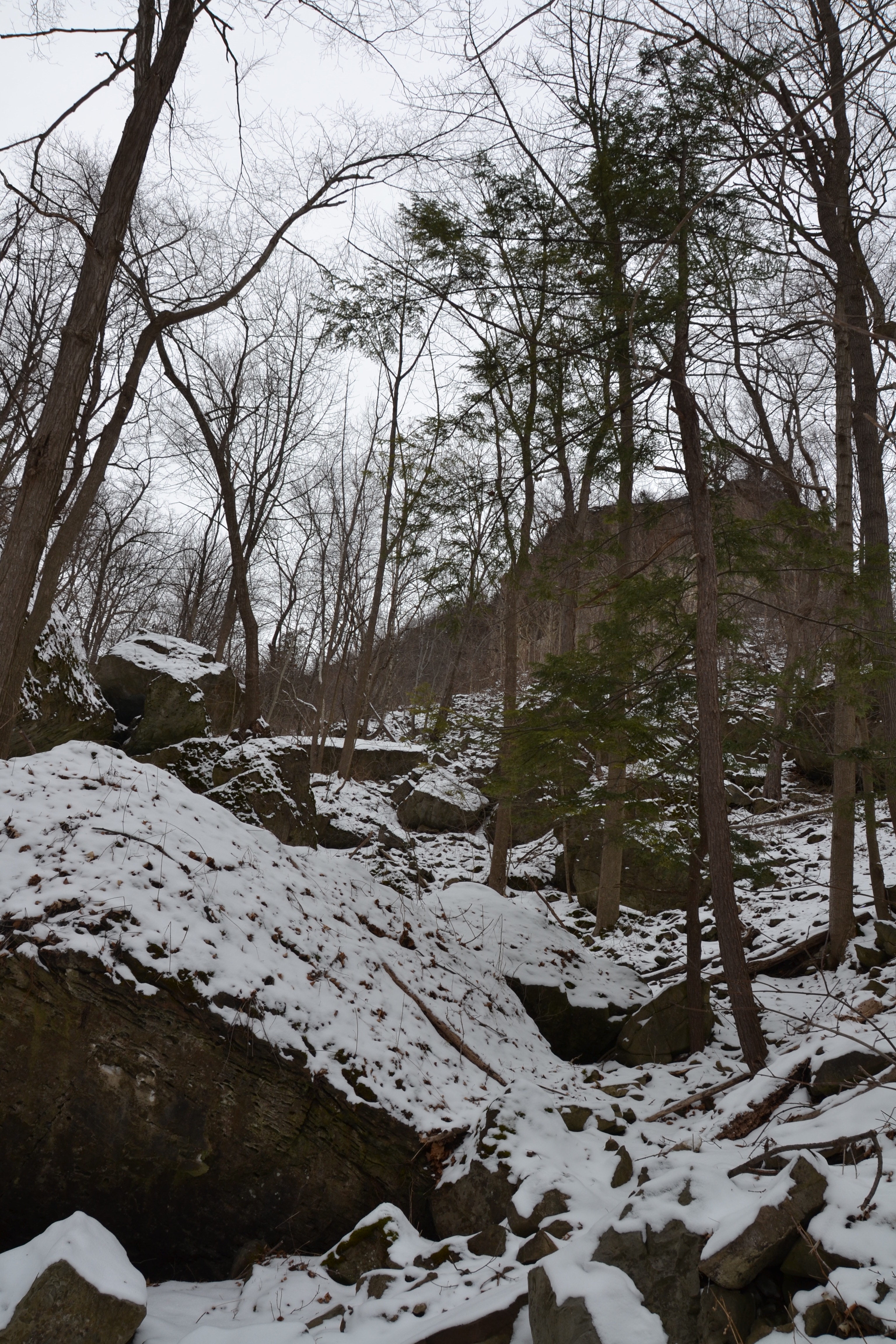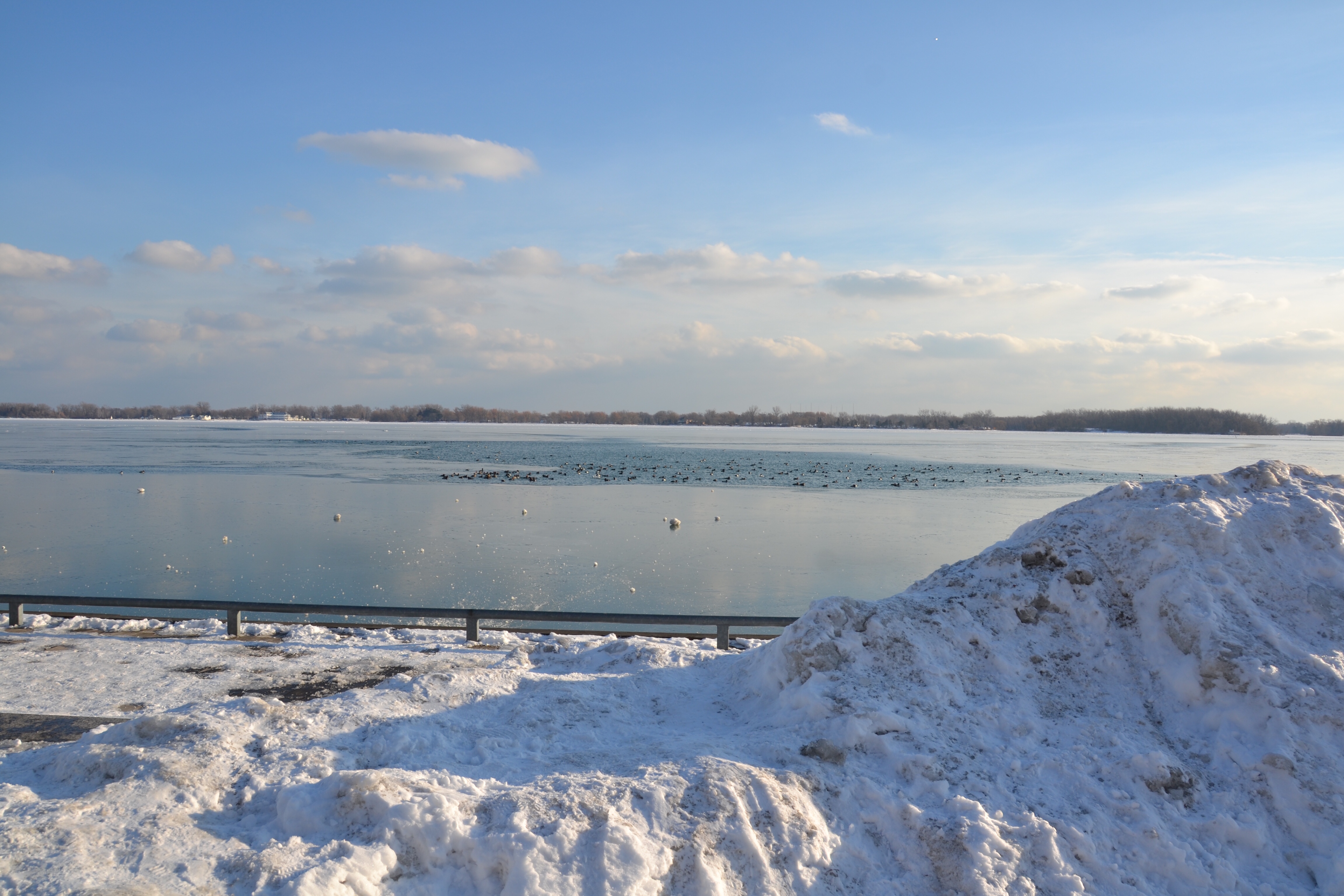I have to admit, I’d probably have put the painted dog higher up my ‘must-see’ list for my last summer holiday to South Africa if I had known a bit more about them. The big 5 (lion, rhino, leopard, elephant and buffalo) steal the lime light from the other safari wildlife but in the case of the African wild dog, the lions had better watch out, I think this ‘sub 5’ star steals the show.
This is one of many reasons I am so pleased that it has been chosen as one of the species for the latest BBC Natural History series ‘Dynasties’ and am looking forward to it’s airing in a few weeks time.
So, given that I knew so little about them just a few months ago, what has changed? In short, all it took was an introduction. Driving through one of their few strongholds, Kruger NP, the burst of tan and black suddenly visible against the dirt track was as unexpected as it was welcome. African wild dog! Painted wolf! Hunting dog! A multitude of names to describe this tortoiseshell-esque canid, for it is indeed a dog and not a wolf. With a population size of around 400 in Kruger this was a lucky sighting. The meeting was all too brief but it left a lasting impression and a thirst to find out more – the thirty odd words in my ‘travel sized’ field guide couldn’t tell me enough.
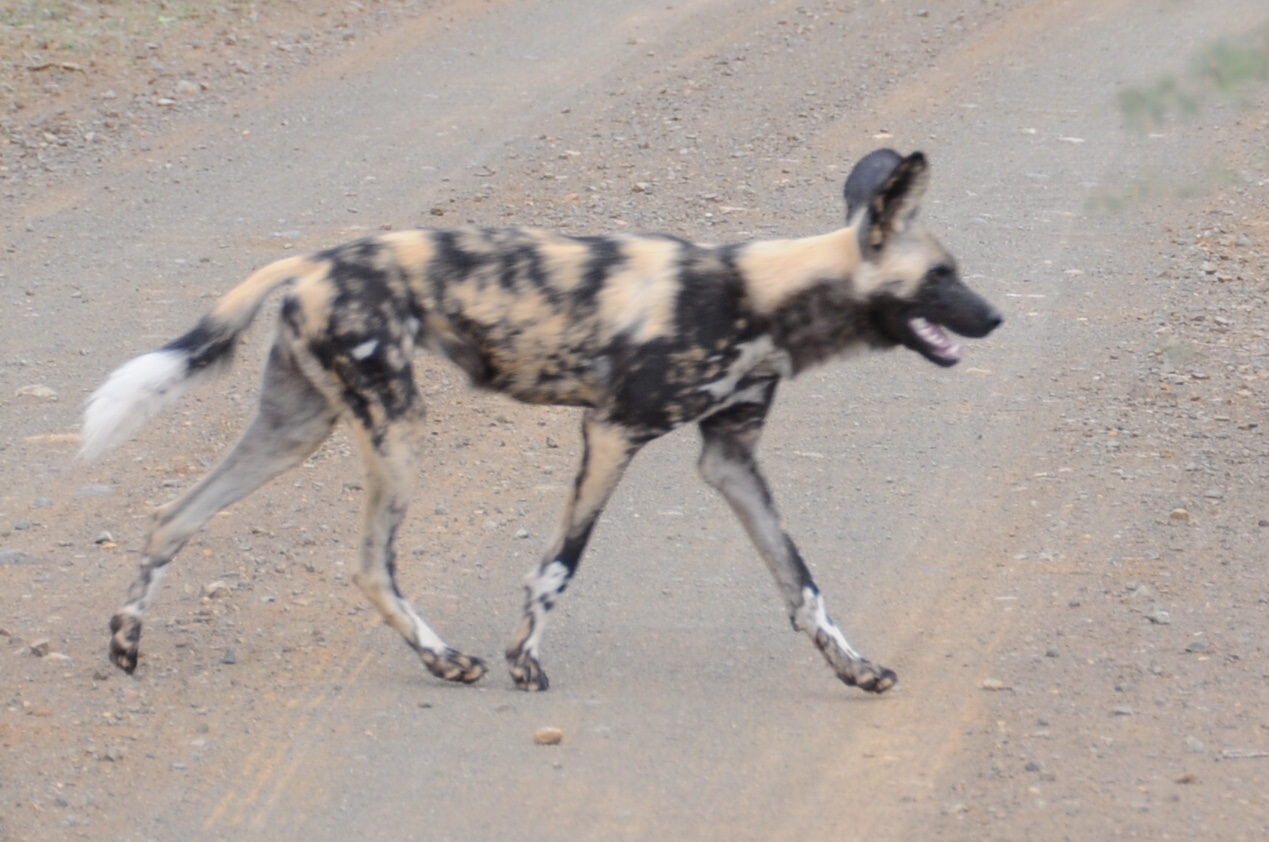
Painted dog, photo credit: Em

Painted dog photo credit: Em
Helpfully, the November issue of BBC Wildlife magazine has a great feature on these fantastic beasts, though it paints a far from rosy picture – these are feisty, tenacious and relentless hunters that make you glad you weren’t born an impala…
But mostly, I’m pleased to see this animal in the spotlight because its very hard to have empathy for an animal which you know nothing about. In the not too distant past this dog was reviled with a bounty on its pretty painted head. They represent a largely irrelevant threat to farming livelihoods with the ineffective bounty being little more than slander against the dog, but like many human vs predator debates, it is a politically charged topic (see badgers and raptors in the U.K.) The name, African Hunting Dog derives from this historic misconception and is one reason why the rename is a timely change.
With fewer than 1,500 breeding individuals estimated to be left in the wild, the painted dog is classified as endangered, and its population is still decreasing. The reasons for the decline are crushingly common – habitat fragmentation, persecution and disease. This unholy trinity dogs many a species but that doesn’t mean we are any closer to an effective answer. Conservation programmes, education and retraining, support for wildlife tourism, agricultural advice and grants to support sustainable agricultural methods are part of the solution, but effective change needs political will and the buy in from those who live alongside these animals – something that takes time and persistence. Time that, sadly, the painted wolf is running out of.
But there is room for hope. Last year’s Natural History Unit blockbuster – Blue Planet 2 shone an uncompromising light on the massive plastic elephant in the room and has resulted in some genuinely unexpected movement in corporate and political arenas as well as awakening a real passion in the hearts and homes of many. I hope that the ‘Blue Planet 2 effect’ can weave it’s magic once more.
Em


